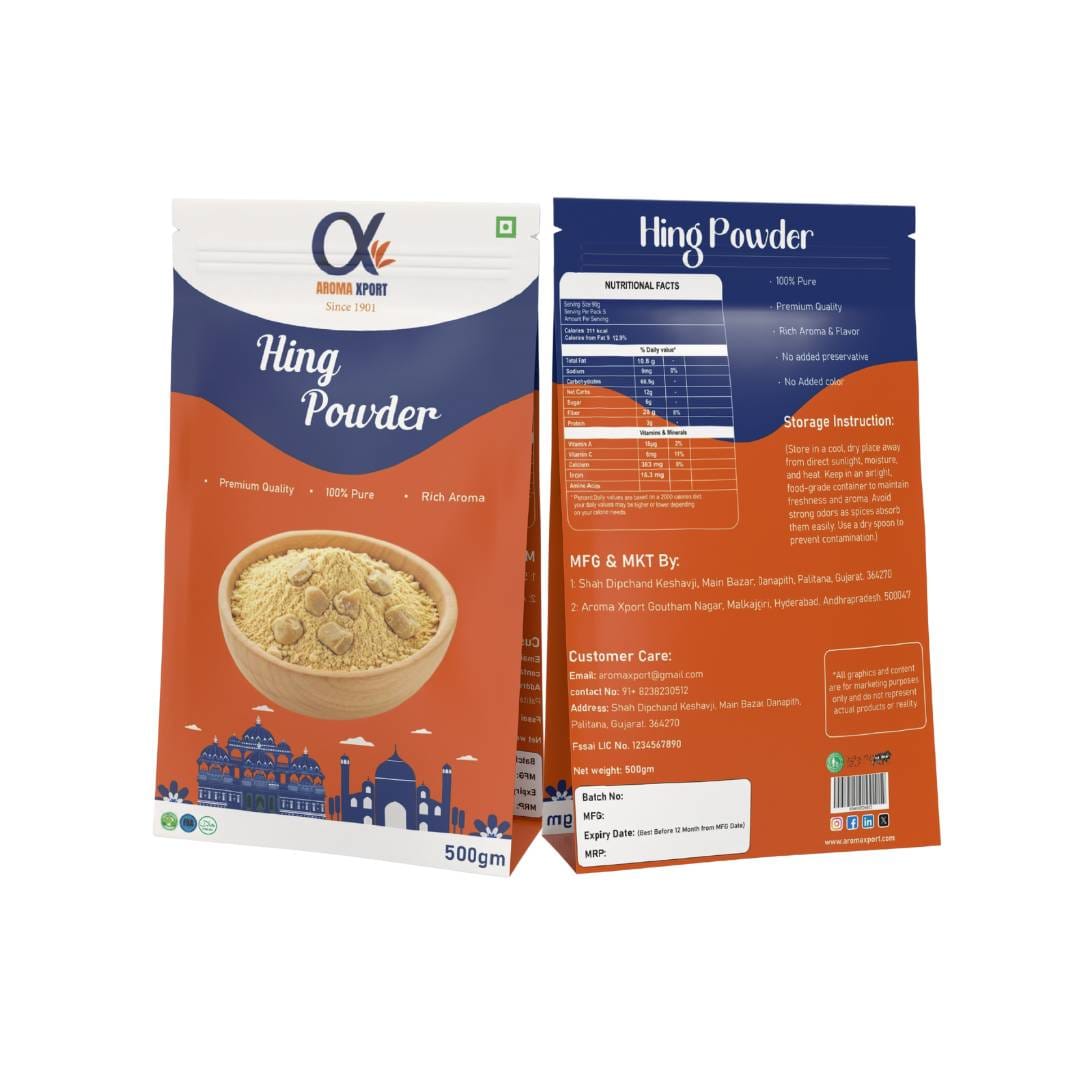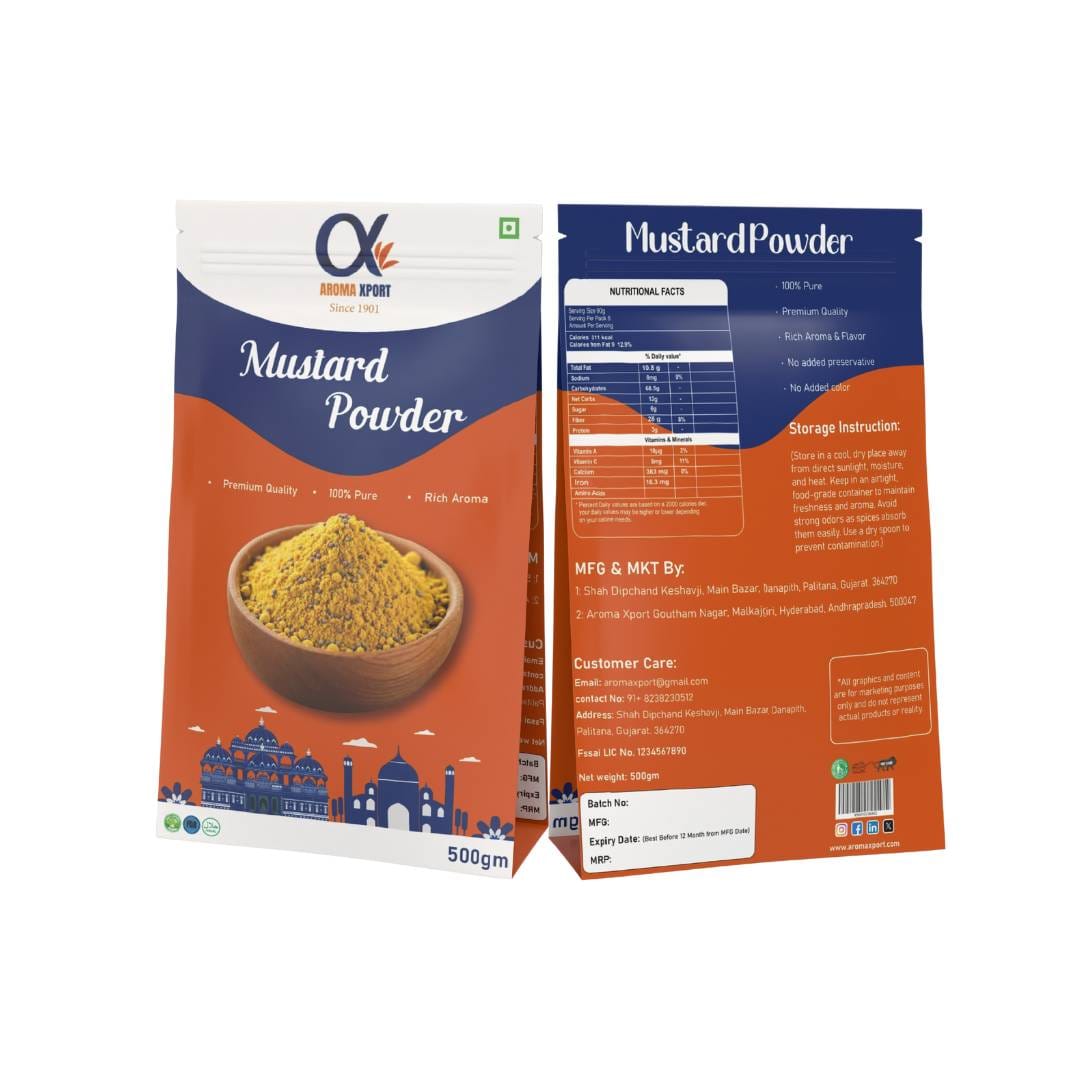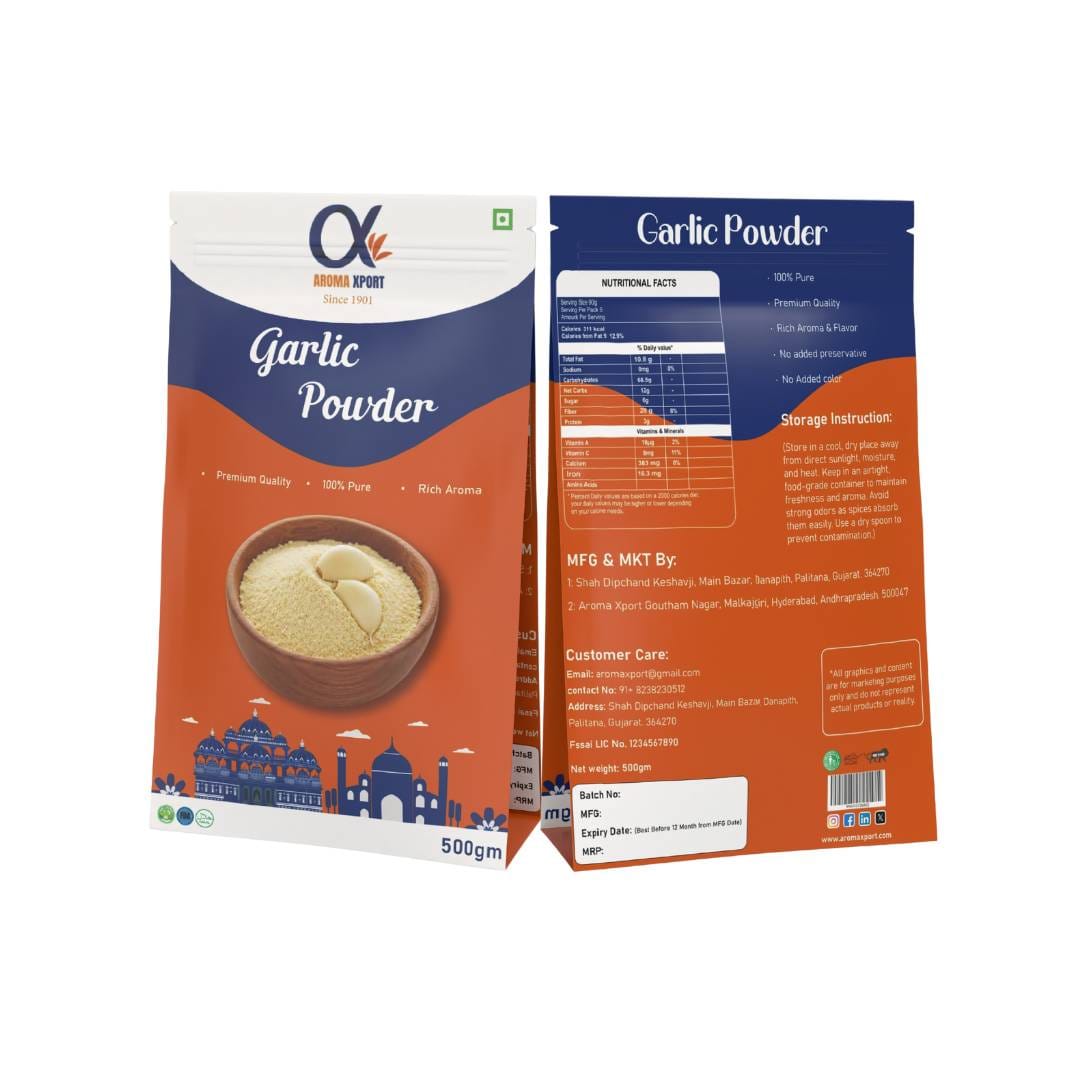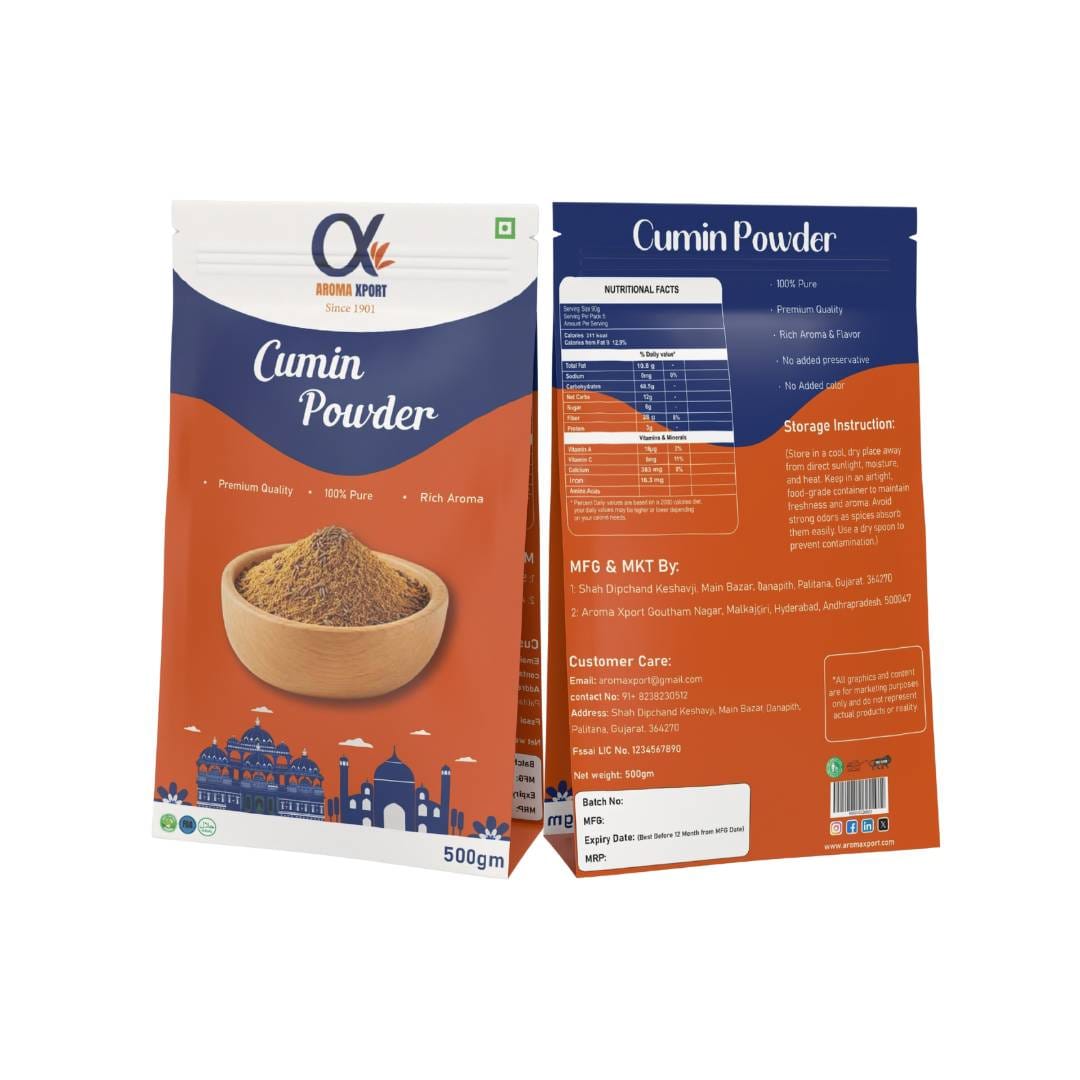Description
Use:
- Culinary: Asafetida is used as a seasoning in various Indian dishes, especially in lentil soups (dal), curries, and pickles. It is often fried in oil to release its full flavor before being added to recipes.
- Medicinal: Traditionally, it has been used in Ayurveda to aid digestion, relieve gas, and treat respiratory issues. It is also used as an anti-inflammatory agent.
- Preservative: Asafetida has preservative qualities, making it useful in pickling and food storage.
Origin:
- Asafetida originates from the resin of the Ferula plant, native to Iran and Afghanistan. It was introduced to Indian cuisine through ancient trade routes and has been an integral part of Indian culinary traditions ever since.
Health Benefits of Asafetida:
- Digestive Aid: Asafetida is known to help in digestion, reducing bloating and gas.
- Antimicrobial Properties: It possesses antimicrobial and antifungal properties.
- Anti-inflammatory: It can help reduce inflammation in the body.
- Respiratory Relief: It is used in traditional medicine to relieve asthma and bronchitis symptoms.
- Antioxidant: Asafetida contains antioxidants that help protect the body from oxidative stress.
Indian Name of Asafetida:
- Hindi: हींग (Hing)
- Tamil: பெருங்காயம் (Perungayam)
- Telugu: ఇంగువ (Inguva)
- Kannada: ಇಂಗು (Ingu)
- Malayalam: കായം (Kāyam)
- Bengali: হিং (Hing)
- Gujarati: હીંગ (Hing)
- Marathi: हिंग (Hing)
- Odia: ହେଙ୍ଗୁ (Hengu)
Foreign Name of Asafetida:
- French: ase fétide
- German: Teufelsdreck
- Italian: assafetida
- Spanish: asafétida
- Portuguese: assa-fétida
- Dutch: duivelsdrek
- Russian: асафетида (asafetida)
- Arabic: صمغ الأنجدان (samgh alanjdan)
- Turkish: çördük







